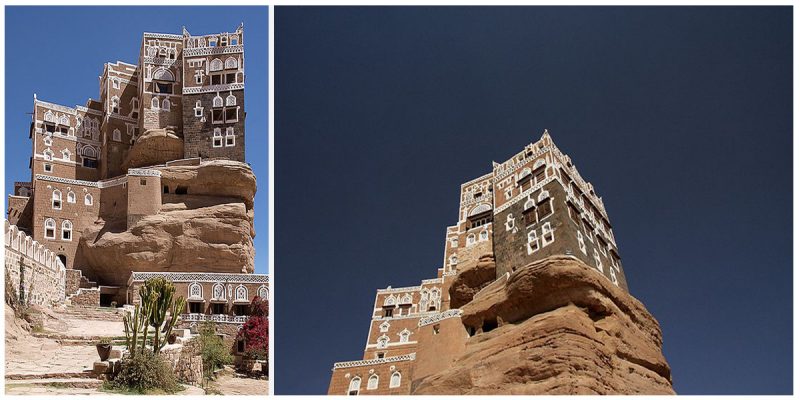The Dar al-Hajar or “Rock Palace” is a royal, five stories high palace located in Wadi Dhar, around 15 km from the capital city of Sana, Yemen. It seems to grow out of the rocks on which it is constructed and it has the characteristic painting of its windows and edges.
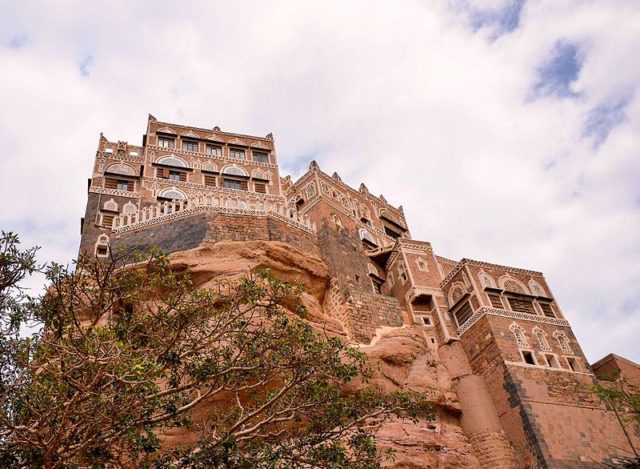
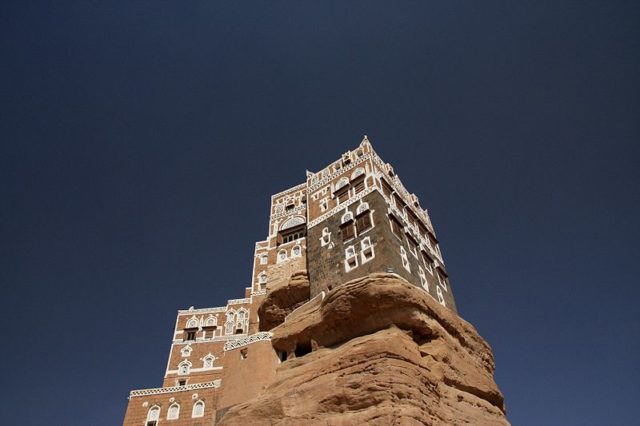
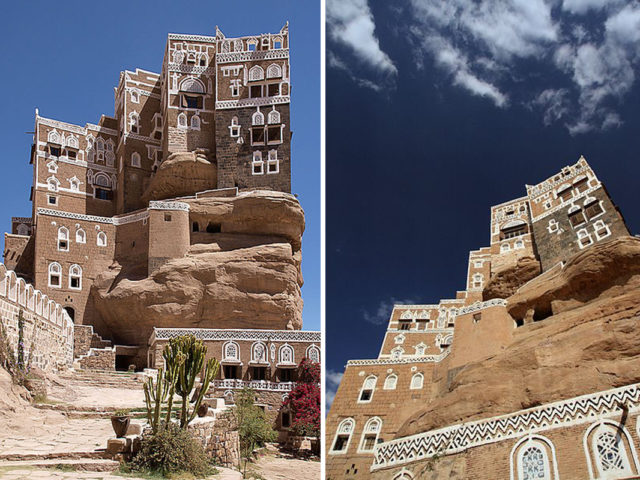
It was constructed as a summer residence for Imam Yahya in the 1920s, but it seems that he was building atop a preexisting structure that was built in the 1700s by an Islamic scholar. The palace would remain in his family until his grandson was removed from power in a military coup, igniting Yemen’s 1962 revolution.
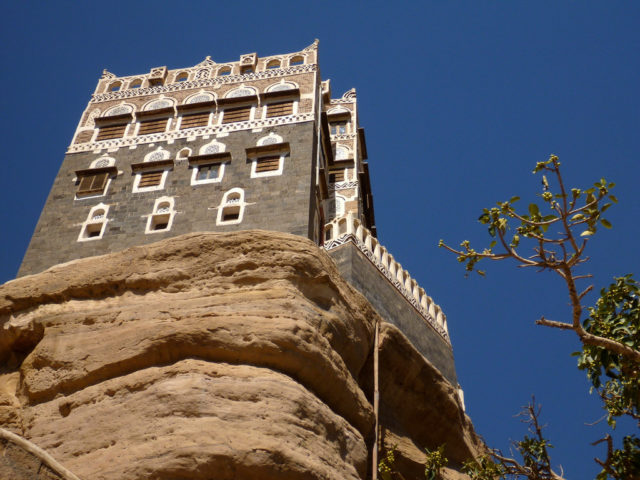
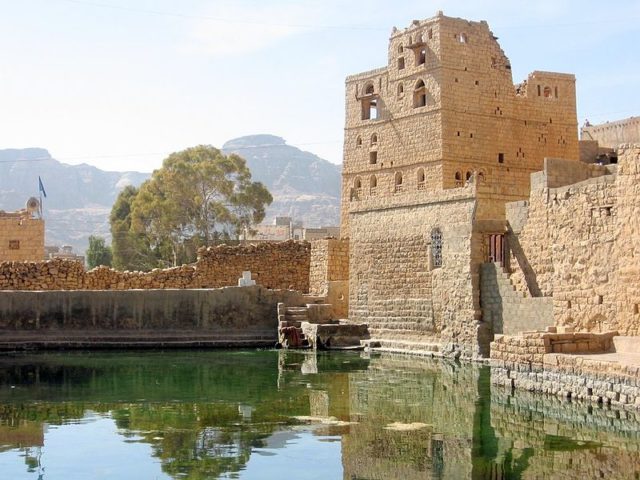
Back in the day, Yemen didn’t have a king or a president. Instead, the leadership of the country rested on the shoulders of an Imam (Islamic spiritual leader). Yahya Muhammad Hamiddin (1869-1948) became Imam of the Zaydis (an Islamic religious sect) after his father’s death in 1904. Following the assassination of Imam Yahiya in 1948, his son, Imam Ahmed took over and fled to Taiz and declared the city the administrative capital of Yemen.
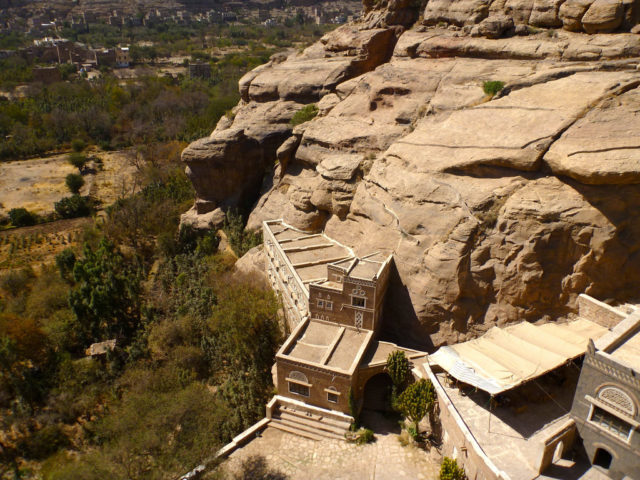
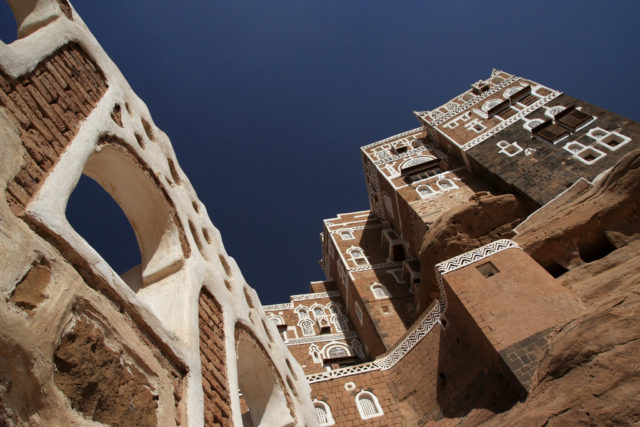
The palace itself is built like a fortress, with shooting emplacements to defend the place from attackers. The palace also has its own water supply from deep below the rock and could, therefore, have easily withstood a siege.
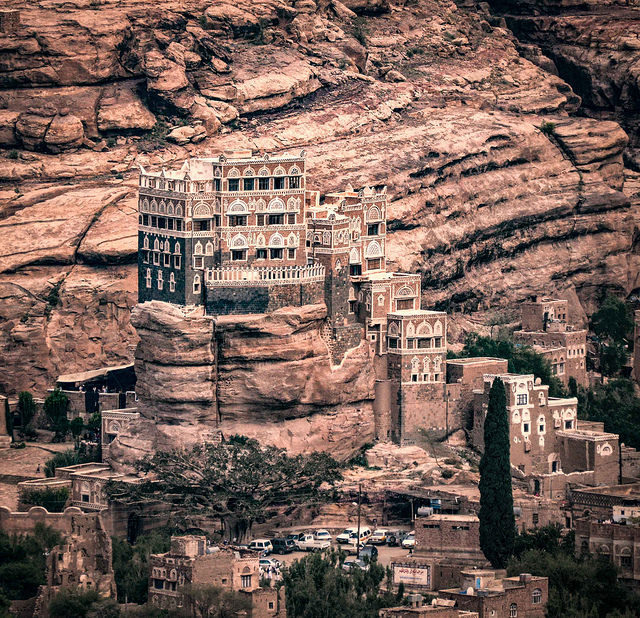
There are storage areas, sitting rooms for guests, bedrooms, kitchens, and a special room in which the Imam would stay with the wife selected for that day.
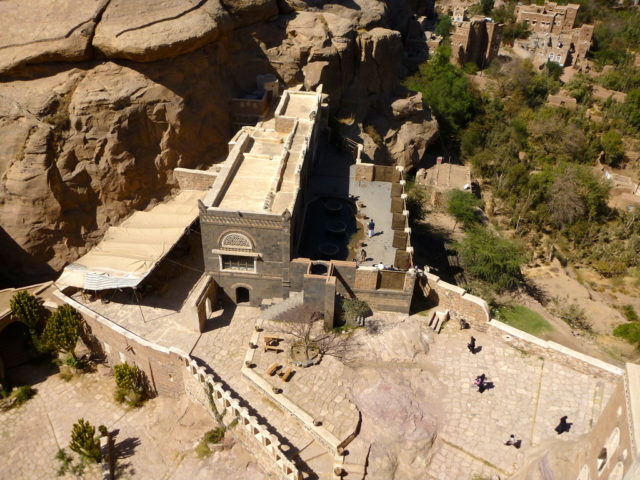
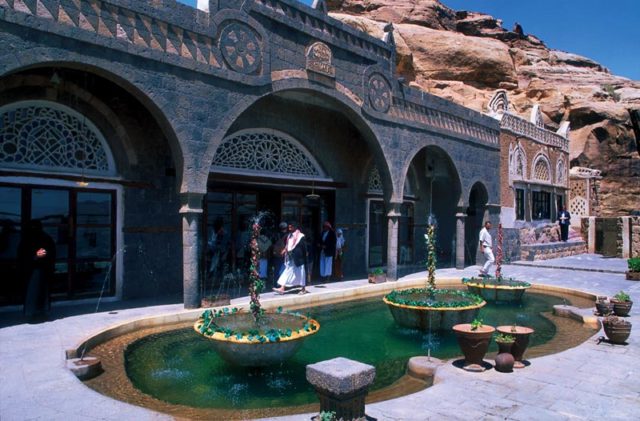
It is an iconic part of Yemen’s landscape and is admired for its architecture and history by Yemen enthusiasts around the world.
